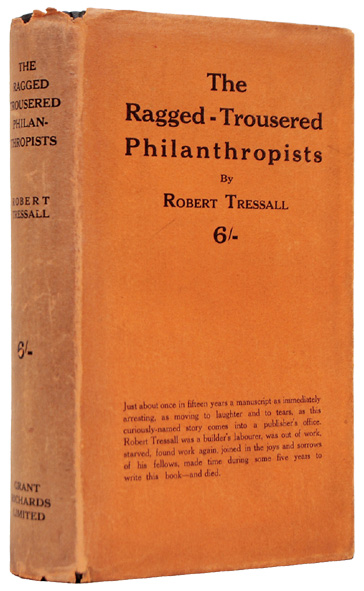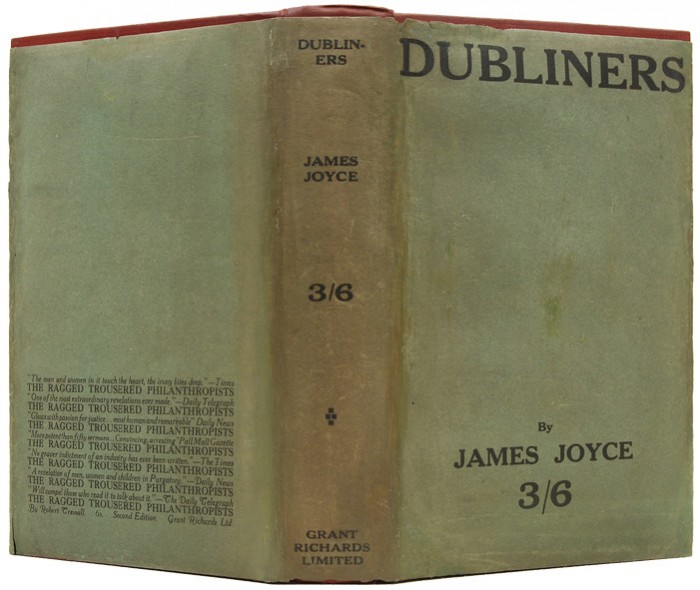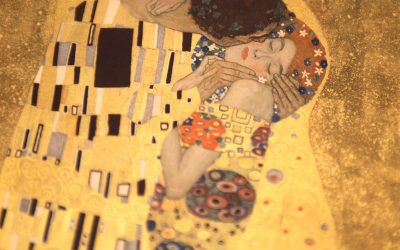
First edition of The Ragged-Trousered Philanthropists by Robert Tressell, in the original dust jacket (1914). – SOLD
Touring Britain this summer is the Townsend Productions theatre adaptation of Robert Tressell’s* socialist novel The Ragged-Trousered Philanthropists. A semi-autobiographical account of the plight of the working class, the story follows a group of construction workers and the single employee who tries to “arouse his workmates to the evils of the system which exploits them… Sardonic and satirical in tone, the novel’s great strength is its minute and convincing observation of the hero’s workmates, whose ‘philanthropy’ consists of letting employers reap the surplus value their labour produces” (ODNB).
The author, real name Robert Philippe Noonan (1870–1911), was the illegitimate son of an inspector in the Royal Irish Constabulary. He settled in South Africa for ten years, where he helped found the Irish Brigade, which fought against Britain in the Anglo-Boer War. However, he left Africa in 1899 before hostilities broke out and settled in Hastings. “Working in the building trade at subsistence wages, he contracted tuberculosis, was influenced by socialist writers such as Robert Blatchford, and became an active member of the unusually large Hastings branch of the Social Democratic Federation, whose banner he painted. He spent his spare time during the last ten years of his life writing by hand the 1800-page manuscript of The Ragged Trousered Philanthropists, which brought posthumous fame” (ODNB). He died in the Royal Infirmary in Liverpool; having previously set out to start a new life in Canada he got no further, was taken seriously ill, spent time in the workhouse, and “was buried in a pauper’s grave in the city’s Walton Park cemetery.” Kathleen, his orphaned daughter, sold the manuscript for £25 to the publisher Grant Richards, who described it as, this “damnably subversive, but … extraordinarily real” novel. Alan Sillitoe subsequently called it “The first great English novel about the class war”, and Michael Foot praised its “truly Swiftian impact”. What is certain is the authenticity of its voice which offers “a unique view of early twentieth-century working-class life through the eyes of an articulate proletarian.”
Popular since its first appearance, The Ragged Trousered-Philanthropists was reprinted numerous times and sold more than 100,000 copies by 1940. First editions such as this one are rare, particularly in the dust jacket, as the novel was produced in one of its publisher’s characteristically small print runs. Another interesting point about the book is that it was the only one advertised on the rear panel of the dust jacket to James Joyce’s Dubliners, with the ad printed in an unusual block format:

Ad for The Ragged-Trousered Philanthropists on the dust jacket of James Joyce’s Dubliners.
*Although the title page of the manuscript is clearly signed Tressell (which was how Noonan wrote the word for a painter’s trestle in his manuscript), for some unknown reason the author’s name was printed as Tressall in this first edition and in the Grant Richards abridged cheap edition of 1918.





